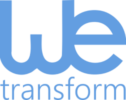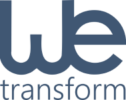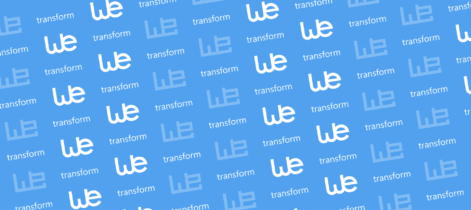Metadata Tools in hale»connect: Profile Management and Automated Metadata Generation
A few months back, we described how you can setup hale»connect to fully automate metadata generation, re-use and validation. In the past months, we have worked together with a reference customer, the LGL Baden-Württemberg, to extend the metadata tools in hale»connect substantially. LGL Baden-Württemberg is one of 16 state-level cadastral, mapping and spatial planning authorities in Germany and maintains the state spatial data infrastructure.
The Problem
The problem that the LGL approached us with is one that we have seen many times already: there is a specific metadata profile, but both in terms of process and tools, the maintenance and implementation of this profile requires a lot of extra effort. The LGL used a massive Excel Table with more than 400 rows to describe their profile. This Excel table conflated profile rules from different levels (ISO, INSPIRE, national, and local), which all needed to be updated and kept in sync.Excel table containing LGL Baden-Württemberg requirements. The excel table contains rules from ISO, INSPIRE, national and local schemas.
In implementation of the profile, there were often ambiguities or different interpretations of certain aspects of the profile. Furthermore, the documentation was a bit unwieldy and hard to read for most people outside the immediate circle of editors.
Thus, LGL reached out to us to understand how they could improve on this situation. Wetransform originally conducted a UML and Metadata workshop to explore whether developing the profile in a UML Tool such as Enterprise Architect would make sense. However, some aspects such as a nice differential documentation and the generation of an executable test suite directly from the profile proved to be quite hard.
Thus, in early 2018, LGL asked wetransform to develop a toolset that would support the creation of a fully formal profile definition of the ISO metadata schemas. This toolset would enable the definition of profiles on any XML-based schema, be it the CSW 2.0.2 Application Profile ISO 1.0.0 or a GML Application Schema.
The Solution
There were several key requirements that the profile toolset should resolve:Definition of type and property constraints (e.g. on cardinality, allowed content and allowed property types.)
Definition of consistency constraints (e.g. “If A exists, B must also exist”) and other advanced validation rules.
Addition of documentation via tagged values.
Automated generation of printable documentation.
Automated generation of differential documentation.
Automated generation of Executable Testsuites (ETS) for the INSPIRE Reference Validator (ETF.)
Automated generation of example XML instance documents for the profile.
Be easy to use for people without in-depth knowledge in technologies such as XML, XML Schema, Schematron and ETF. Read More
Tutorial: Metadata workflows in hale»connect
Metadata is an important component of most Spatial Data Infrastructures. We use it to find resources such as data sets and services and to assess their usefulness for our objectives. As an example, metadata can contain license information. Metadata also clearly shows who is responsible for a resource and how… Read More







